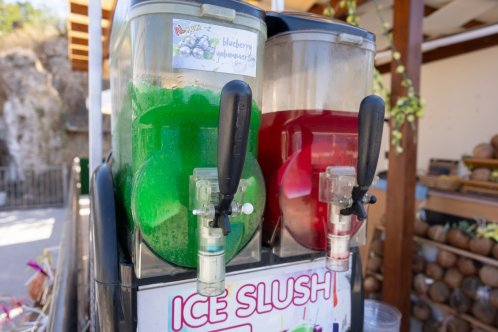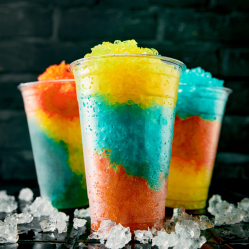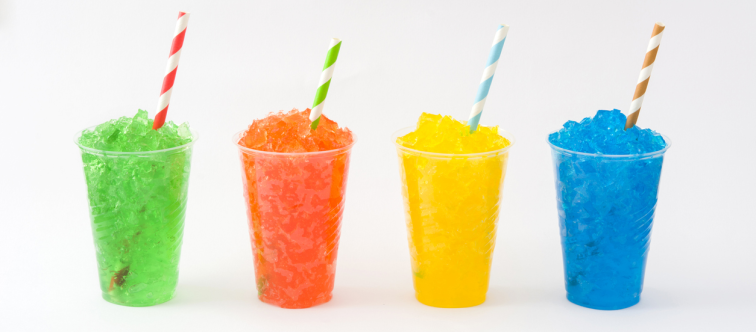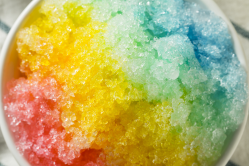Slush ice drinks – also known as a slushy, slushie or slush – is typically served in a cup. Brightly coloured, with a sweet flavour and semi-frozen consistency that resembles melting snow, these drinks are especially popular with children because of the ‘slush’ effect.
Yet the German Federal Institute for Risk Assessment (BfR) and a recent case review in the UK and Ireland warns against possible health risks. Many slush beverages contain glycerol (E422) – a sugar alcohol that can lead to acute and severe symptoms following excessive consumption, particularly in young children.

The food additive glycerol (also known as glycerine, E422) is used in many sugar-free slush ice products to create the typical semi-frozen consistency, the ‘slush’ effect. Usually this effect is achieved using a large quantity of sugar.
Although the case review covers a period of 15 years, the majority of the documented cases occurred since 2018. It is striking that this rise coincides with the introduction of the sugar tax in the United Kingdom and Ireland in 2018. Since then, the study authors state that manufacturers have evidently increased the use of sugar alcohols such as glycerol as a sugar.

Summary: A colourful treat with cause for concern
Slush ice drinks look harmless and refreshing at first glance – particularly to children. But these sweet and colourful drinks can have unexpected health implications.
The advice from the British-Irish study is that children younger than eight would be best to avoid slush ice drinks with glycerol. And the advice holds true in this country as well: A firm “no” in front of the slushy stand is less stressful than a visit to the accident and emergency department.



